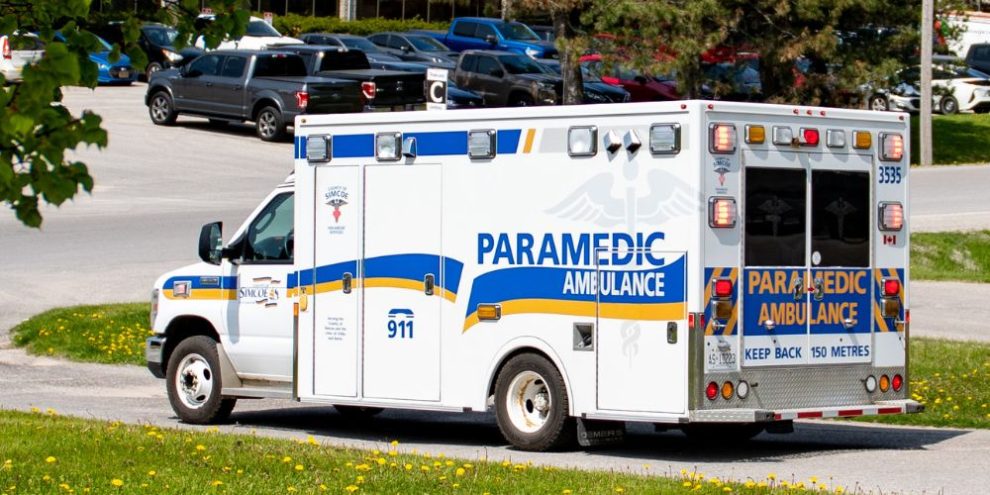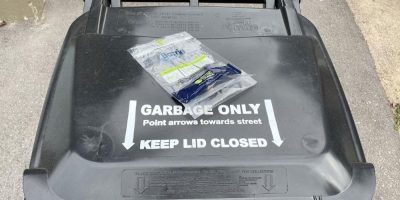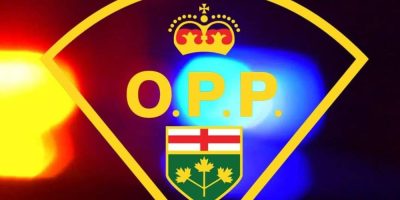
During the morning of November 14, County of Simcoe Paramedic Services will join services throughout the province in implementing the new Medical Priority Dispatch System (MPDS).
The purpose of the new system is to ensure that paramedics are more readily available to be dispatched to urgent, life-threatening calls, faster.
The MPDS system is being rolled out in November 2024 in Simcoe County, York Region, Beausoleil First Nation and Rama First Nations. The Ontario Government has previously launched this program in the City of Toronto, Peel Region, City of Ottawa, among other municipalities, and will continue to roll it out across the province.
"The previous system operated to an extent as first come first serve, which didn't allow dispatchers and paramedics to prioritize the urgency of calls," said Warden Basil Clarke. "This new system empowers dispatchers to gather more information, helping them assess the urgency of a call and prioritize the response more effectively. We know it's been a success in other jurisdictions, and we look forward to seeing further benefits in Simcoe County."
Patients with non-life-threatening needs may receive a delayed response from paramedics, however, dispatchers will remain in contact with callers, ensuring they remain stable and are able to safely wait until paramedics can respond to their needs. The goal is to ensure paramedic resources are getting to urgent or life-threatening calls as quickly as possible.
Why the change?
This change means everyone with a life-threatening condition gets the fastest and highest-level out-of-hospital care possible when they need it, giving paramedics the best chance to save your life or the life of someone you love. In the past, there was always a risk that paramedics would be responding to non-urgent calls when urgent ones came in, leaving people in need of critical care vulnerable due to longer wait times.
How does the Medical Priority Dispatch System (MPDS) work?
The Medical Priority Dispatch System is a software system that allows Ambulance Communications Officers to determine which 911 callers need help first, based on how serious a person’s medical condition is.
The system has been used in Toronto, Niagara and Peel, and is a trusted tool for identifying:
- Life-threatening emergencies like cardiac or respiratory arrest, heart attack, severe allergic reaction or unconscious
- Serious but non-life-threatening emergencies.
- Minor illnesses and injuries.
The system relies on decades of research and medical evidence, allowing operators to make the most informed decisions possible.
What are the expected benefits of this new system?
MPDS is expected to lead to significant benefits for County of Simcoe Paramedic Services and the residents of Simcoe County. It will:
- Give the most urgent calls top priority, resulting in better outcomes for patients.
- Reduce the need for paramedics to drive lights-and-sirens, improving paramedic and public safety by reducing the risk of traffic-related accidents.
- Assure best use of resources.
Will non-urgent issues still get help?
Absolutely. 911 callers with lower-priority issues such as a broken bone with no bleeding, flu, badly sprained ankle, and other non-urgent problems will still get help, but it may take longer than usual for paramedics to arrive. We know those people may be frustrated with the wait, however, know that if you are waiting it is because Paramedics are assisting someone with a more urgent medical emergency in the community.
What to do if your situation changes while waiting?
An Ambulance Communications Officer will call you regularly to see if your symptoms have changed while you’re waiting. If you’re worse, they will re-prioritize your call and send help. If something changes suddenly, immediately call 911 again.
What happens when you call 911?
Ambulance Communications Officers (call-takers and dispatchers) will ask you a few more questions than they currently do and use those details to understand the true urgency of your call. These questions will only take a small amount of time and will help communications officers send the right help at the right time.
It is important that you provide as much details as possible. The more questions that you’re able to answer will ensure that the best most appropriate resource is sent to you. If you don’t answer the questions, then there is a chance that the call will be incorrectly assigned to a non-urgent call.
Be prepared to repeat some answers to questions
There are many people from different organizations who work together to help you in an emergency. Each person has specific questions they’ve been trained to ask to determine how to approach your situation.
When you call 911, you’ll speak to:
- A 911 communicator, who is the first person to pick up the phone.
- An Ambulance Communications Officer will ask specific questions like where you are, and ask you to explain what the problem is.
The information that you provide determines the emergency services that come to help you.
From police and fire to a Rapid Response Paramedic and an ambulance. Once with you, any of these emergency services personnel may repeat questions while they assess and treat you. All questions are relevant and helpful to the people who need the answers. Please be patient and answer them as clearly and completely as possible.
Answering questions, even the same ones over again, does not delay help getting to you.
Why have you waited a while for the ambulance to arrive?
Some individuals may wait a little longer for paramedics to respond because there were others in our community who needed more urgent attention.
If someone is having a heart attack, choking, or other life-threatening emergency, they’ll receive help within minutes.
If someone is having an urgent but not life-threatening emergency, they may wait longer for paramedics to arrive if paramedics are busy with other patients, or someone else calls 911 who needs immediate care. For example, if an individual has broken their ankle, and someone else is having difficulty breathing, the next available paramedic will be sent to the person struggling for air.
This doesn’t mean all calls are not important. We know how stressful it can be waiting for paramedics to arrive and how difficult it can be experiencing illness/injury or watching a loved one in pain, which is why County of Simcoe paramedics will get to you as quickly as possible. They want nothing more than to help you in your time of need.
How are non-urgent calls dispatched?
Non-urgent calls will be assigned to the best paramedic resource for your call. In situations when all paramedics are responding to higher priority calls, once the best resource is available, they will be assigned to you.
Will paramedics be redirected from a non-urgent call to a more urgent call once they have been dispatched?
One of the benefits of MPDS is that it allows paramedics to be re-assigned to higher priority emergencies such as someone choking or having a heart attack. What this means to you is that another paramedic resource will be assigned to you.
If I call an ambulance, will I be seen sooner by a doctor in the emergency room?
No. Patients transported by County of Simcoe paramedics are triaged by the hospital using the same system as all incoming patients. The triage works by measuring the severity of the patient's needs.
To help address offload delays, the county has implemented the Fit2Sit Program at all regional hospitals (excluding Southlake). The program is designed to identify patients who are well enough to sit or stand, are stable, low acuity, and able to self-triage and register once in the emergency department. To learn more about the program, visit our Fit2Sit Program page.
(The County of Simcoe is responsible for land ambulance services, which includes the cities of Barrie/Orillia)





